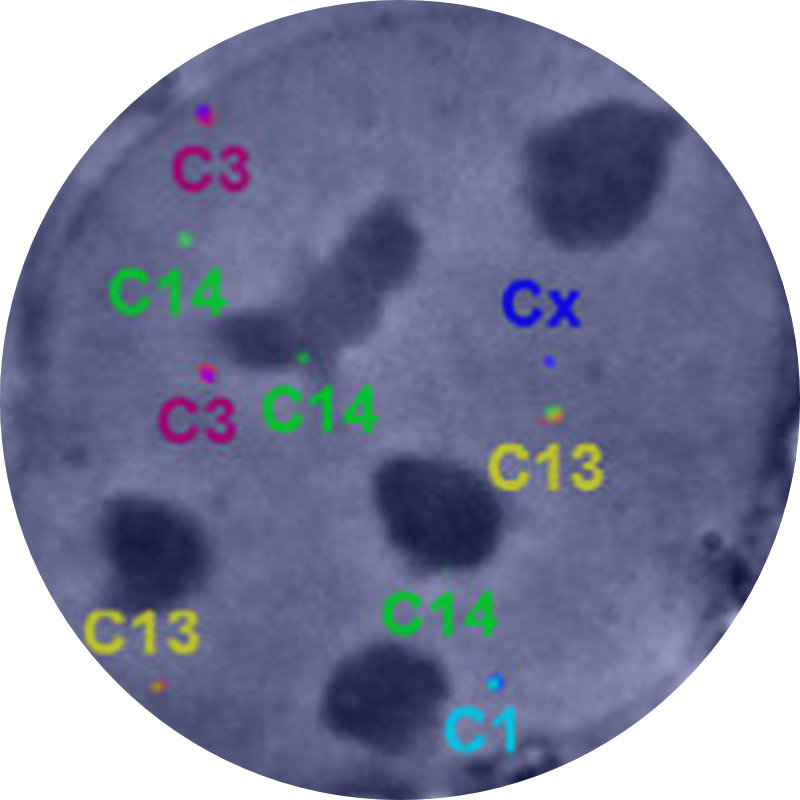Our mission is to understand the functional organization of the nucleus.
x
Research Areas
Commonly-Used Techniques
The lab is closed, but our collaborators use live cell imaging, fluorescence microcopy, RNA-sequencing, genomics, and bioinformatics techniques.




